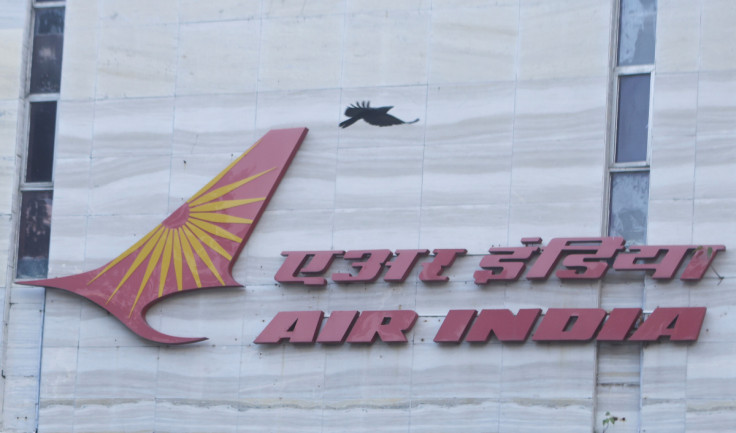
KEY POINTS
- Last year's Air India Express protest warned of overwork, poor rest, and unsafe schedules,concerns now amplified by deadly crash
- Despite tech upgrades, Air India was fined for violating duty time limits just months before the fatal incident
In May 2024, more than 300 cabin crew from Air India Express, the budget carrier of Air India, staged a dramatic 'mass sick leave' and switched off their phones. This action resulted to the grounding of close to 100 flights and disrupted operations nationwide.
In its aftermath, the protest raised serious red flags about operational fatigue and poor working conditions. These issues are expected to be brought up following the fatal crash of Air India Flight 171 today, five minutes after taking off from Ahmedabad Airport.
Crew grievances brought up in the 2024 protest included salary cuts, forced sharing of hotel rooms during stopovers, and a promotion system perceived as favouring new hires over long-serving staff. Many said they felt 'exhausted and disrespected.' They added that chronic scheduling pressures left little time for meaningful rest.
Air India Express responded by firing 25 of its workers, prompting backlash and the eventual intervention of the Chief Labour Commissioner. The terminations were rescinded, but the core issues remained unresolved. The protest seems like an ominous sign in the wake of Air India Flight 171 crash where 242 passengers are believed to have perished.
Fatigue: Unseen Danger in the Cockpit?
The dangers of fatigue in the airline industry are well documented. The European Cockpit Association says that fatigue contributes to 15 to 20 percent of fatal incidents in the sector. Despite this, changes to the rules of flight duty and rest time limits have lagged behind in fast-growing aviation markets like India.
Air India launched a number of technology solutions in 2023 to assist control fatigue, such as the Coruson safety platform and BAM (Bio-mathematical Alertness Modelling), which helps forecast how alert pilots will be. But in March 2024, India's aviation authority, the DGCA, penalized the airline for breaking the rules of flight duty time limits (FDTL). This is a clear sign that these tools weren't being used properly.
The Human Cost of Exhaustion
An investigation by Wired web magazine in late 2024 painted a grim picture of aviation fatigue across the industry, with India's rapid air travel expansion outpacing regulatory enforcement.
Among the most harrowing examples: A pilot suffered a fatal cardiac arrest mid-flight from Delhi to Doha after flying multiple international legs in quick succession. While not officially attributed to fatigue, the circumstances fueled renewed concerns over rest policies and health risks for overworked aircrew.
'You're logging fatigue data, but nothing changes,' one Air India crew member told Wired. 'The flights keep coming. The rosters still stretch.'
A Culture That Normalises Risk?
Aviation analysts now worry that the combination of underreported fatigue, poor crew morale, and regulatory blind spots may be contributing to a culture that normalises operational risk. While investigations into the crash of AI Flight 171 are ongoing, the airline's recent history of crew dissatisfaction and regulatory breaches has drawn increased scrutiny.
'Fatigue is not just a personal issue—it's a systems issue,' said one pilot union representative. 'When people are flying tired, safety is already compromised, whether a crash happens or not.'
Can Tech Fix a Human Problem?
Air India's investment in fatigue-monitoring tech was seen as a step in the right direction, but critics argue that technology is no substitute for institutional reform. Without changes to scheduling, support systems, and leadership accountability, software solutions are little more than a patch.
With the Tata Group continuing its ambitious overhaul of Air India, the crash and its potential links to fatigue have become a litmus test for how seriously the airline, and the broader industry, takes safety culture in a post-privatisation era.
As the probe into the Flight 171 tragedy unfolds, the concerns raised during last year's crew protest appear more urgent than ever. Fatigue, once treated as a backroom HR concern, may well be the next front in airline safety reform. And for Air India, it could mark the difference between rebuilding trust, or repeating disaster.







